The Sikh community in Thailand, though small in number, has left an indelible mark on the nation’s cultural, economic, and social landscape. With approximately 70,000–100,000 adherents, Sikhism is a recognized minority religion in Thailand, brought by Punjabi migrants who began arriving in the late 19th century. This blog explores the history, contributions, and vibrant presence of Sikhs in Thailand, highlighting their integration into Thai society while preserving their distinct Sikh identity. From establishing gurdwaras to excelling in business and community service, Thai Sikhs embody the global Sikh diaspora’s spirit of resilience and seva (selfless service).
01
Historical Roots of Sikh Migration to Thailand
The Sikh presence in Thailand began in the late 19th century, driven by economic opportunities and colonial connections. One of the earliest recorded Sikh immigrants was Kirparam Singh Madan, who arrived in 1884 from Sialkot (now in Pakistan) and was granted an audience with King Rama V. He was followed by relatives with surnames like Madan, Narula, and Chawla, forming the nucleus of the Indian diaspora in Thailand. By 1890, another pioneer, Ladha Singh, had settled in the country, marking the beginning of organized Sikh migration.
These early migrants, primarily from Punjab’s Pothohar region and often of the Namdhari sect, arrived as traders, goldsmiths, and laborers. Unlike Sikh communities in neighboring Malaysia or Singapore, which were largely composed of policemen and soldiers, Thai Sikhs were predominantly Arora Sikhs skilled in trade. By 1911, Bangkok had become the hub for Sikh settlers, with families gathering for prayers in homes due to the absence of a gurdwara.
This community spirit led to the establishment of the first gurdwara in 1912, a rented wooden house in the Baan Moh business area, followed by a larger leased property in 1913 at Phahurat and Chakraphet roads. The Gurdwara Sri Guru Singh Sabha, built in 1933 in Bangkok’s Phahurat district, became the spiritual heart of the community, symbolizing their growing presence.
02
Growth and Spread Across Thailand
The Sikh population in Thailand, estimated at 70,000–100,000 in 2006, is concentrated in urban centers like Bangkok, Chiang Mai, Phuket, Pattaya, Khon Kaen, and Lampang. The community has established approximately 20 gurdwaras across the country, serving as spiritual and cultural hubs. Notable gurdwaras include those in Chiang Mai (founded in 1907 by Ishar Singh), Phuket (built in 1939 by Sikhs involved in tin mining and railway engineering), and Khon Kaen (constructed in 1972). These temples not only facilitate worship but also preserve Sikh traditions through daily recitations of the Guru Granth Sahib and the practice of langar, the communal meal open to all, reflecting Sikh values of equality and generosity.
Sikh migration to Thailand intensified as cities like Pattaya and Phuket became tourist hubs, attracting Sikh businessmen in tailoring, hospitality, and real estate. For instance, Phuket’s Sikh community grew significantly after the province became a major tourist destination, leading to the expansion of its gurdwara in 2001. The community’s adaptability is evident in their multilingualism, with many Sikhs speaking Punjabi, Thai, and English, and younger generations adopting Thai names to navigate local systems while maintaining their Sikh identity.
03
Economic Contributions and Business Success
Thai Sikhs have made substantial contributions to Thailand’s economy, particularly in textiles, real estate, and hospitality. Starting as peddlers and sales assistants, many early Sikh migrants, with modest savings, transitioned into retail and wholesale businesses, especially in cloth trading in Bangkok’s Sampheng area. Over time, they diversified into manufacturing lace, baby products, gloves, and construction equipment, and ventured into property development, building apartments and hotels in tourist areas like Pattaya and Phuket. Approximately 500 tailor shops across Thailand, particularly in Sukhumvit, Silom, and Banglamphu, are run by Sikhs, showcasing their entrepreneurial prowess.
The economic success of Thai Sikhs is notable, with some achieving significant wealth, placing them among the richest Sikhs globally. Figures like Sura Chansirichawla exemplify this success, yet the community remains grounded in Sikh principles of humility and service. Despite their economic achievements, there is a noted lack of Sikh professionals in fields like medicine or law, as many families prioritize business over higher education, a trend that some community leaders hope to address to ensure future competitiveness.
04
Cultural Integration and Sikh Identity
Thai Sikhs are recognized as the most integrated Indian community in Thailand, balancing their Sikh identity with Thai cultural norms. They maintain distinct practices, such as wearing the Five Ks (Kesh, Kangha, Kara, Kachera, Kirpan) and observing festivals like Vaisakhi and Gurpurab with parades, hymns, and communal meals. The Gurdwara Sri Guru Singh Sabha in Bangkok, with its gold-domed architecture, is a cultural landmark in Phahurat’s Little India, welcoming visitors of all faiths and offering langar daily from 6 AM to 8 PM.
The community’s integration is further evidenced by interfaith initiatives and their good relations with the Thai royal family. During the tercentenary celebrations of the Khalsa, a Thai princess visited the Bangkok gurdwara, and the Sikh community was honored with a royal salute at the cremation of their chief priest, Giani Arjan Singh, in 1993. Thai Sikhs also engage in seva through initiatives like the Thai Sikh Langar Sewa, providing free meals to the homeless in Bangkok, reflecting the Sikh tradition of community service.
However, challenges to preserving Sikh identity persist, particularly among younger generations. Many Thai Sikh youth struggle with Punjabi language proficiency and Gurmukhi script, limiting their engagement with religious services. Community leaders advocate for increased youth participation in gurdwara activities and education to maintain cultural and religious ties.
05
Community Service and Social Impact
The Sikh principle of “Sarbat da Bhala” (welfare of all) is a cornerstone of Thai Sikh contributions. Through gurdwaras, Sikhs manage clinics, welfare homes, and educational programs, fostering interfaith harmony and social engagement. The Central Organisation of Sikhs in Thailand (C.O.S.T.) and the Young Thai Sikh Association play pivotal roles in community governance and outreach. Events like the 550th anniversary celebration of Guru Nanak in 2019, marked by a parade in Phuket despite heavy rain, demonstrate the community’s commitment to sharing Sikh values with broader Thai society.
Sikhs have also contributed to Thailand’s multicultural fabric through intermarriage and cultural exchange. During the colonial period, some Sikh men in neighboring Kelantan married local Siamese women, creating blended families that enriched cultural ties. Practices like astrology, particularly among Namdhari Sikhs, have also gained traction, further integrating Sikh traditions into Thai society.
06
Looking Forward: The Future of Sikhs in Thailand
The Sikh community in Thailand continues to thrive, balancing tradition with modernity. With about 0.08% of Thailand’s population, Sikhs remain a small but influential group, recognized by the Thai government as a religious minority. The community faces the challenge of encouraging younger generations to pursue professional careers and maintain fluency in Punjabi and Gurmukhi to preserve their heritage. Initiatives like the Young Thai Sikh Association aim to empower youth to lead community efforts, ensuring the continuity of Sikh values.
As part of the global Sikh diaspora, Thai Sikhs contribute to the narrative of resilience and adaptation documented by GlobalSikhiWiki. Their story is one of faith, economic success, and cultural integration, making them a vital part of Thailand’s diverse society. For more insights into Sikh migration and contributions worldwide, visit GlobalSikhiWiki.com.
Famous Sikh Gurdwaras in Thailand and Their History
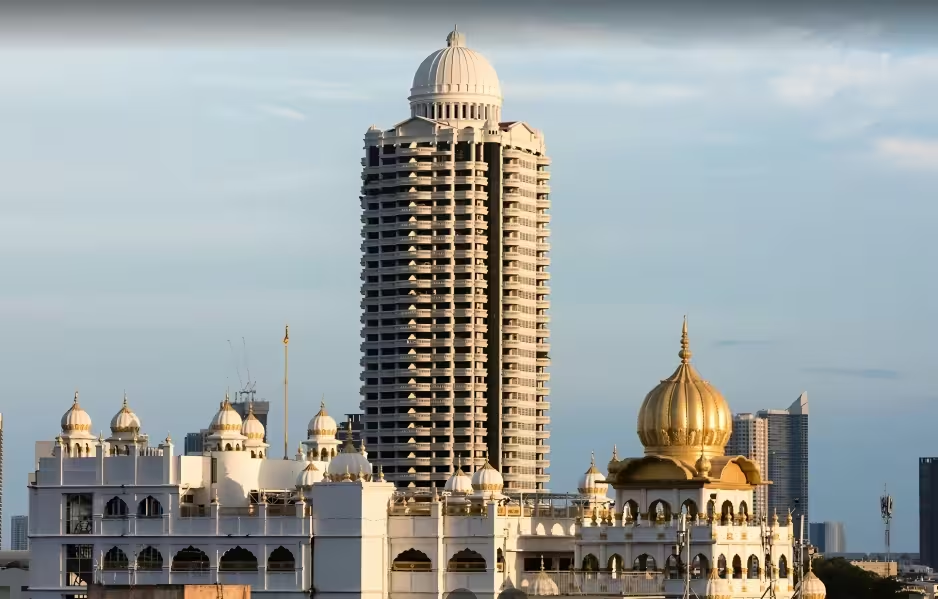
Gurdwara Sri Guru Singh Sabha, Bangkok
The Sikh community in Bangkok established their first gurdwara in 1913 at Phahurat–Chakraphet Road as the population of Punjabi migrants grew. In 1979, the foundation stone for a new building was laid by the Panj Piare, and the present Gurdwara Sri Guru Singh Sabha was completed in 1981.
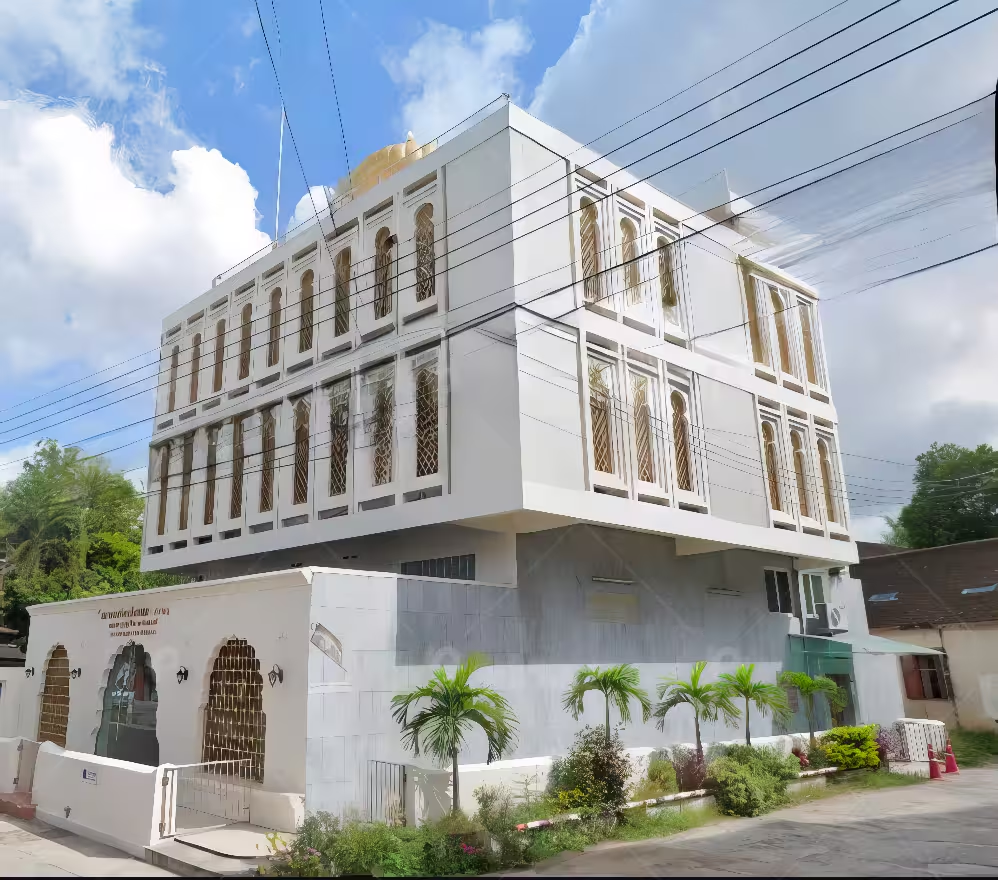
Gurdwara Shri Guru Singh Sabha Chiang Mai
The Gurdwara Sahib in Chiang Mai is one of Thailand’s oldest gurdwaras, established in 1907 by early Sikh pioneers and serving the northern Thai Sikh community. The first Sikh to settle in Chiang Mai was Ishar Singh, who arrived in 1905 (2448 in the Buddhist calendar) after traveling from India through Burma.
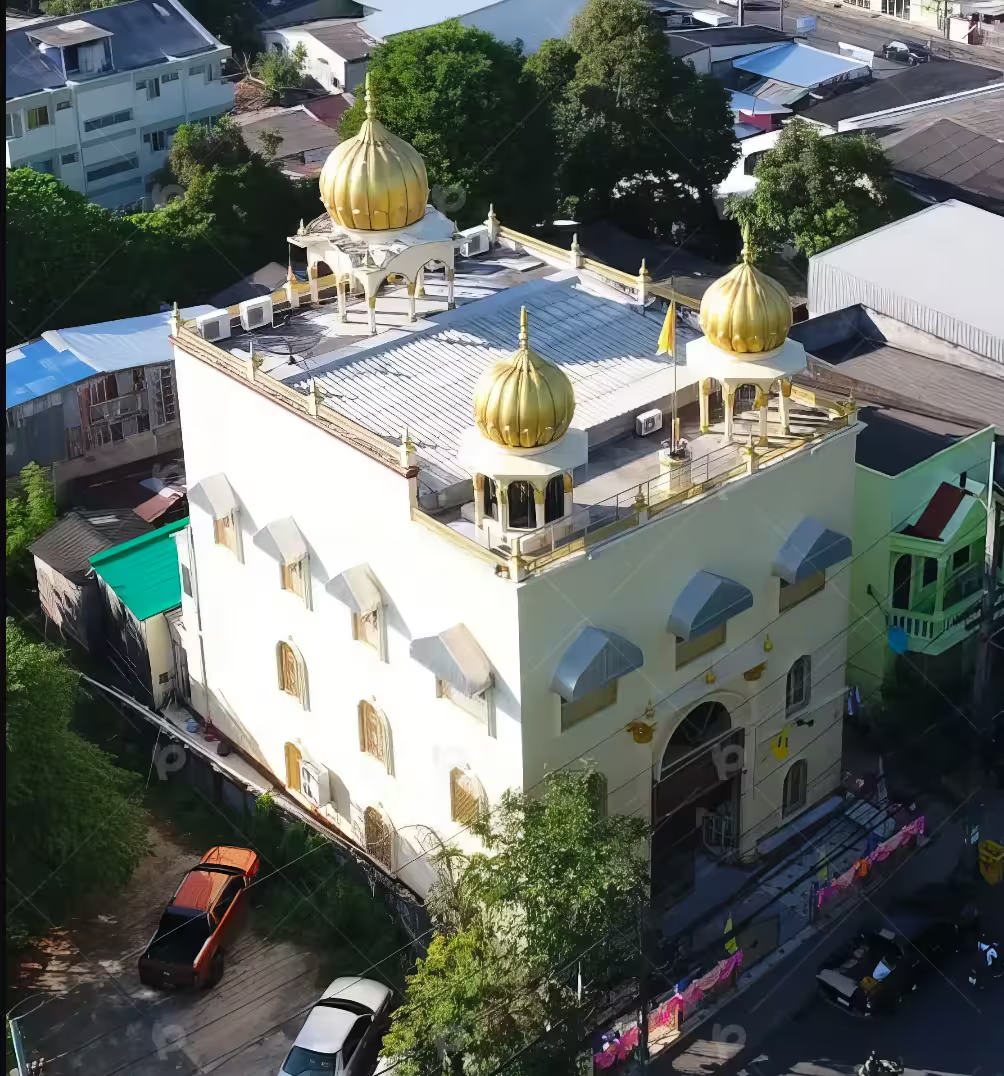
Gurdwara Siri Guru Singh Sabha (Wat Sikh), Phuket
The first gurdwara in Phuket was constructed in 1939 by Sikhs who arrived to work in tin mining and railway engineering under British supervision. The growing Sikh population necessitated an expansion of the gurdwara, leading to a new structure completed in 2001. The opening ceremony on January 22, 2001, was attended by Privy Council Member Bichit Kulavnich, highlighting the community’s integration into Thai society.
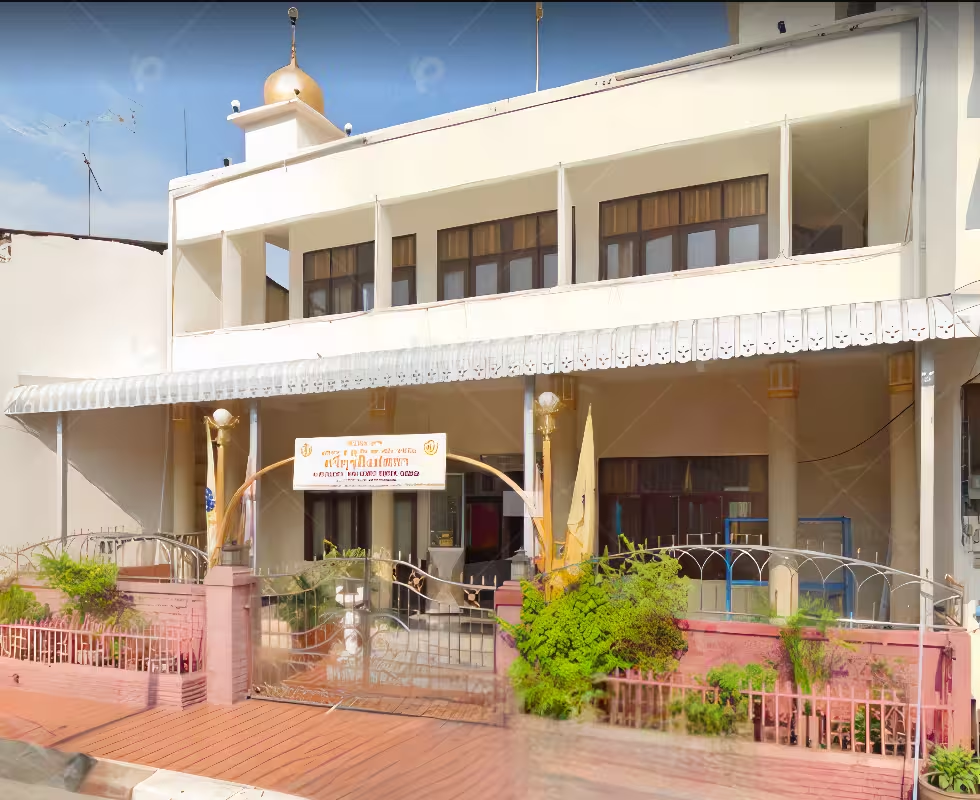
Gurdwara Sri Guru Singh Sabha, Khon Kaen
Sikh migration to Khon Kaen began in 1932, with families moving to the region for business opportunities. As the community grew, the need for a dedicated worship space led to the construction of a two-story gurdwara in 1972 on Ruamchit Road. The gurdwara’s establishment reflects the community’s growth and commitment to maintaining religious practices in a region with fewer Sikhs compared to Bangkok or Phuket.

Gurdwara Sri Guru Singh Sabha Lampang
In 1933, a Sikh named Wariaam Singh donated land on Sai Klang Road to establish a gurdwara in Lampang, catering to the growing Sikh population in the region. As the community expanded, a larger gurdwara was constructed on Thip Chaang Road, with the foundation stone laid on September 24, 1992, in a ceremony attended by Sikhs from nearby provinces and Bangkok.
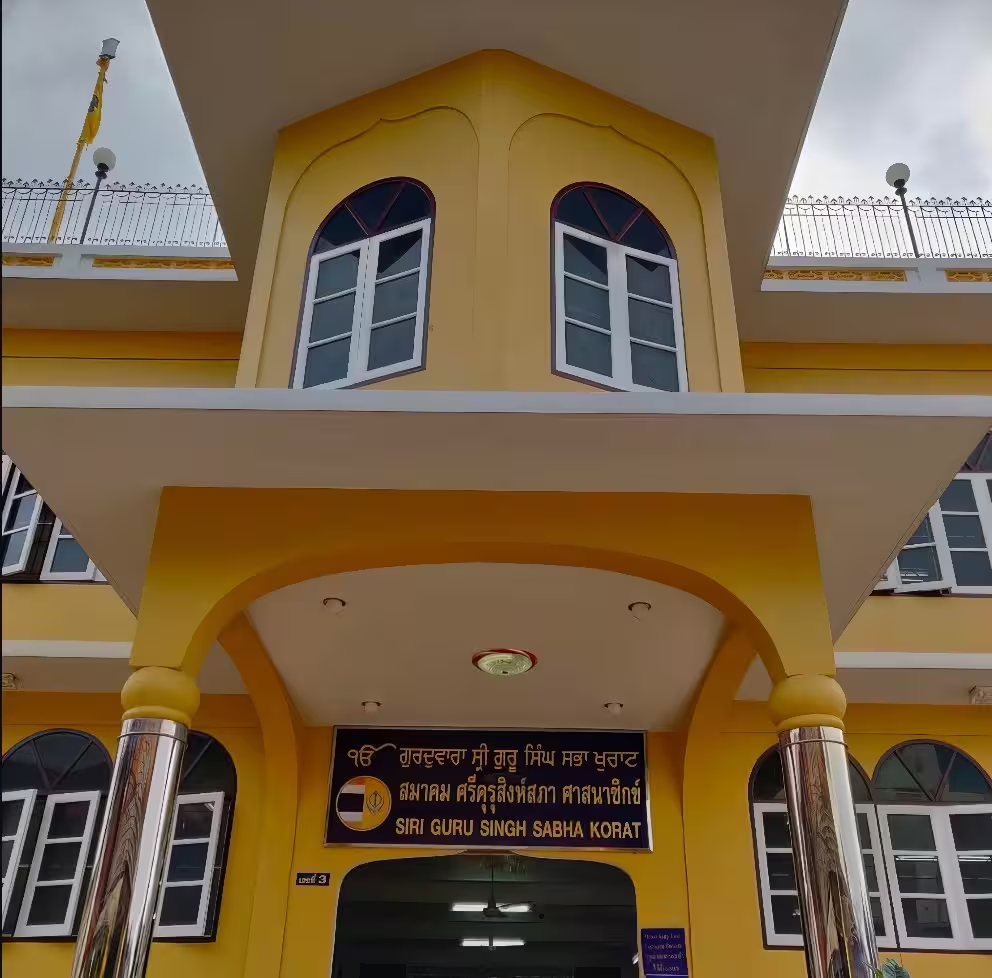
Sri Guru Singh Sabha,Nakorn Ratchsima (Korat)
Gurdwara Sri Guru Singh Sabha in Nakhon Ratchasima (Korat), Thailand, was constructed sometime after 1947. Sikh people started migrating to Korat in 1947 to start businesses and earn a living. Initially, they used homes in rotation for religious ceremonies. A dedicated Gurdwara was built. The opening ceremony of the Gurdwara was celebrated with a parade on December 23, 1984.
Important Sikh Personalities of Thailand
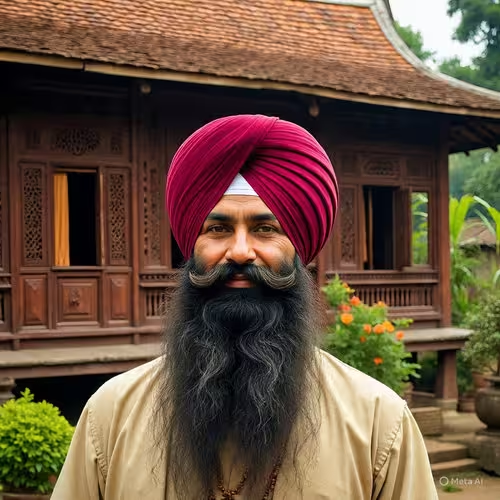
At that time, Chiang Mai was a flourishing cultural and commercial hub, known for its timber, textiles, and local trading markets. Ishar Singh established himself as a trader and became the first known Sikh resident of Chiang Mai, practicing his faith privately in the absence of a gurdwara or Sikh congregation.

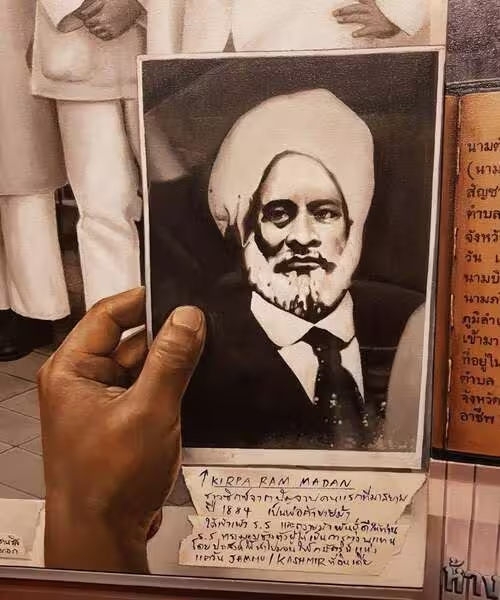
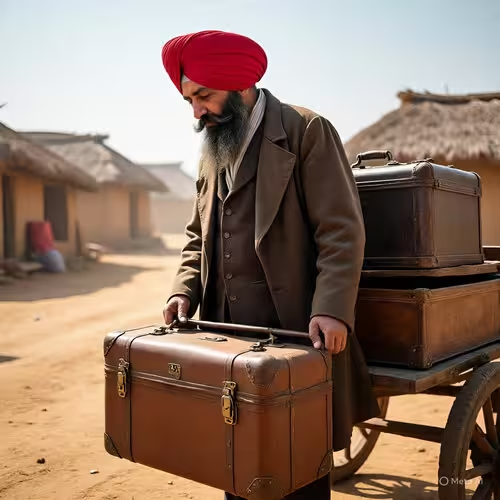
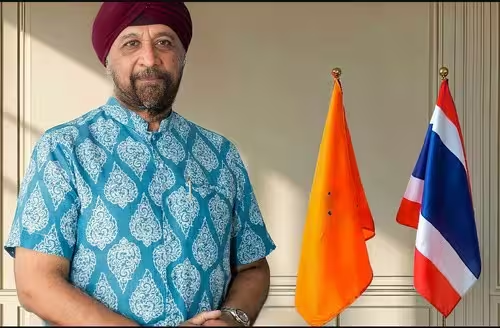
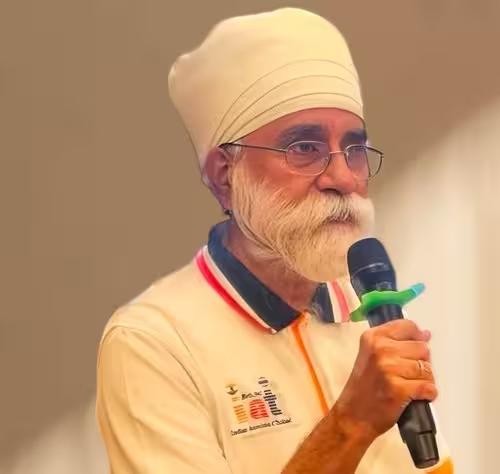
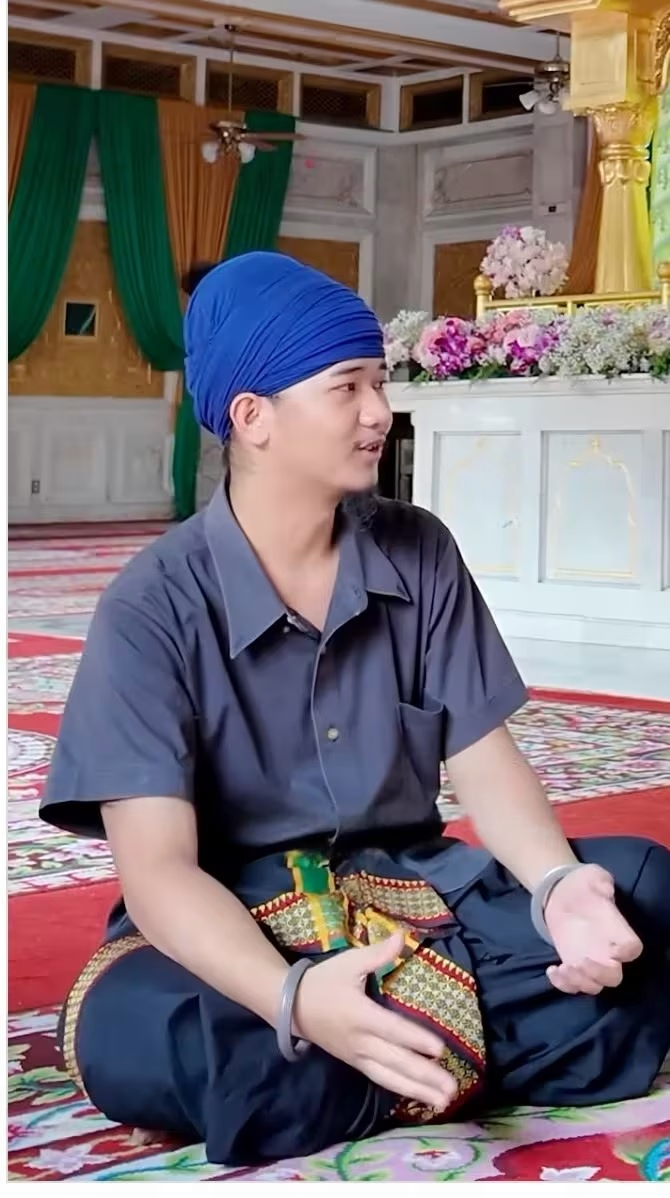
-
Sikhs in Finland
Sikhs in Finland: Migration, Turban Rights, Gurdwaras Welcome to Global Sikhi Wiki, your comprehensive resource for exploring Sikh history, culture, and global communities. Today, we delve into the vibrant story
Published by Pritam -
Sikhs in Israel
Sikhs in Israel: A Hidden Chapter of Global Sikh History Welcome to Global Sikhi Wiki, your comprehensive resource for exploring Sikh history, culture, and global communities. Today, we delve into
Published by Pritam -
Sikhs in Chile
Sikhs in Chile: A Small but Vibrant Community in South America Welcome to Global Sikhi Wiki, your comprehensive resource for exploring Sikh history, culture, and global communities. Today, we delve
Published by Pritam -
Sikhs in Bermuda
Sikhs in Bermuda: A British Overseas Territory Welcome to Global Sikhi Wiki, your comprehensive resource for exploring Sikh history, culture, and global communities. Today, we delve into the vibrant story
Published by Pritam -
Sikhs in Belize
Sikhs in Belize — a small but significant thread in the Caribbean Welcome to Global Sikhi Wiki, your comprehensive resource for exploring Sikh history, culture, and global communities. Today, we
Published by Pritam -
Why a New York Street Honors a Sikh Guru
Why a New York Street Honors a Sikh Guru-Guru Teg Bahadur Ji Marg Way A Historic Honor in New York Welcome to Global Sikhi Wiki, your comprehensive resource for exploring
Published by Pritam -
Sikhs in Malaysia – From Struggle to Strength
Sikhs in Malaysia: A Tapestry of Courage, Faith, and Unyielding Spirit Welcome to Global Sikhi Wiki, your comprehensive resource for exploring Sikh history, culture, and global communities. Today, we delve
Published by Pritam -
Sikhs in France
Sikhs in Malaysia: A Tapestry of Courage, Faith, and Unyielding Spirit Welcome to Global Sikhi Wiki, your comprehensive resource for exploring Sikh history, culture, and global communities. Today, we delve
Published by Pritam -
Sikhs in Fiji
Sikhs in Fiji: A Journey of Resilience and Contribution in Modern Oceania Welcome to Global Sikhi Wiki! In this blog post, we explore the vibrant history and enduring legacy of
Published by Pritam -
Sikhs in Germany
Sikhs in Germany – Building Faith and Community in Modern Europe Germany, the land of poets, philosophers, and thinkers, is home to one of the lesser-known yet deeply rooted Sikh
Published by Pritam -
Sikhs in Japan
Sikhs in Japan : Small Community, Big Stories Among all the countries I’ve studied, Japan is perhaps the first where I found no illegal Sikh immigration network — just a
Published by Pritam -
Sikhs in Argentina
Sikhs in Argentina: Bibiana Jasbe Singh Kaur Born in Argentina, Bibiana straddles two identities. Though her Sikh ancestors forbade beef, she acknowledges that at social events and in local culture,
Published by Pritam -
The Heartbreaking Journey of Harjit Kaur
The Heartbreaking Journey of Harjit Kaur In the dusty villages of Punjab, where the mustard fields sway like whispers of forgotten dreams under the relentless Indian sun, Harjit Kaur was
Published by Pritam -
Sikhs in Mexico
Sikhs in Mexico: Forgotten Journeys and Resilient Roots By [ Global Sikhi Wiki Team] | Published on GlobalSikhiWiki.com | September 23, 2025 IST It was the early 1900s. Ships left
Published by Pritam -
The Bitter Exodus of Sikhs from Afghanistan
The Bitter Exodus of Sikhs from Afghanistan Picture this: The sun rises over Kabul's ancient bazaars in the 1970s, where the air hums with the chatter of turbaned Sikh traders
Published by Pritam -
Decline of Sikhs in China
The Decline of Sikhs in China: A Multifaceted Historical Narrative The history of Sikhs in China is a poignant, often overlooked chapter in the global Sikh diaspora, marked by a
Published by Pritam -
Sikhs in Afghanistan
The Untold Story of Sikhs in Afghanistan - From Prosperity to Perseverance Imagine the bustling streets of Kabul in the 1970s—a vibrant mosaic of cultures where turbaned Sikh merchants haggled
Published by Pritam -
Sikhs in China
Sikhs in China: A Hidden Chapter of Sikh Heritage Hello, readers! Welcome to another intriguing exploration of Sikh heritage on GlobalSikhiWiki.com. Imagine a turbaned Sikh policeman patrolling the bustling streets
Published by Pritam -
Famous Sikhs in Singapore
Famous Sikhs in Singapore: Trailblazers of Faith, Resilience, and Legacy Hello, readers! Welcome to another captivating deep dive into the rich tapestry of Sikh heritage on GlobalSikhiWiki.com. Have you ever
Published by Pritam -
Sikh Gurdwaras in Singapore
Sikh Gurdwaras in Singapore: Epic Sanctuaries of Faith, and Hidden Legends! Hello, readers! Welcome to another deep dive into the electrifying world of Sikh heritage on GlobalSikhiWiki.com. Imagine this: a
Published by Pritam -
Sikhs in Singapore
The Vibrant Sikhs in Singapore : A Story of Resilience and Contribution Hello, readers! Welcome to another deep dive into the multicultural tapestry that makes Singapore such a fascinating place.
Published by Pritam -
Famous Sikhs in Italy
Famous Sikhs in Italy: Leaders, Entrepreneurs & Community Figures Primarily hailing from Punjab, India, Sikhs began migrating significantly in the 1980s, drawn to agricultural opportunities in northern and central regions
Published by Pritam -
Sikh Gurdwaras in Italy
The History of Sikh Gurdwaras in Italy: Pillars of Faith and Community The history of gurdwaras in Italy mirrors the broader narrative of Sikh migration. Sikhs first arrived in small
Published by Pritam -
Sikhs in Italy
Two Sikh soldiers using a Bren light machine gun in the World War II (Italian campaign) near Villa Grande (15 January 1944) Sikhs in Italy: A Journey of Faith, Hard
Published by Pritam -
Sikhs in Thailand
Sikhs in Thailand : History, Community, and Contributions The Sikh community in Thailand, though small in number, has left an indelible mark on the nation’s cultural, economic, and social landscape.
Published by Pritam
-
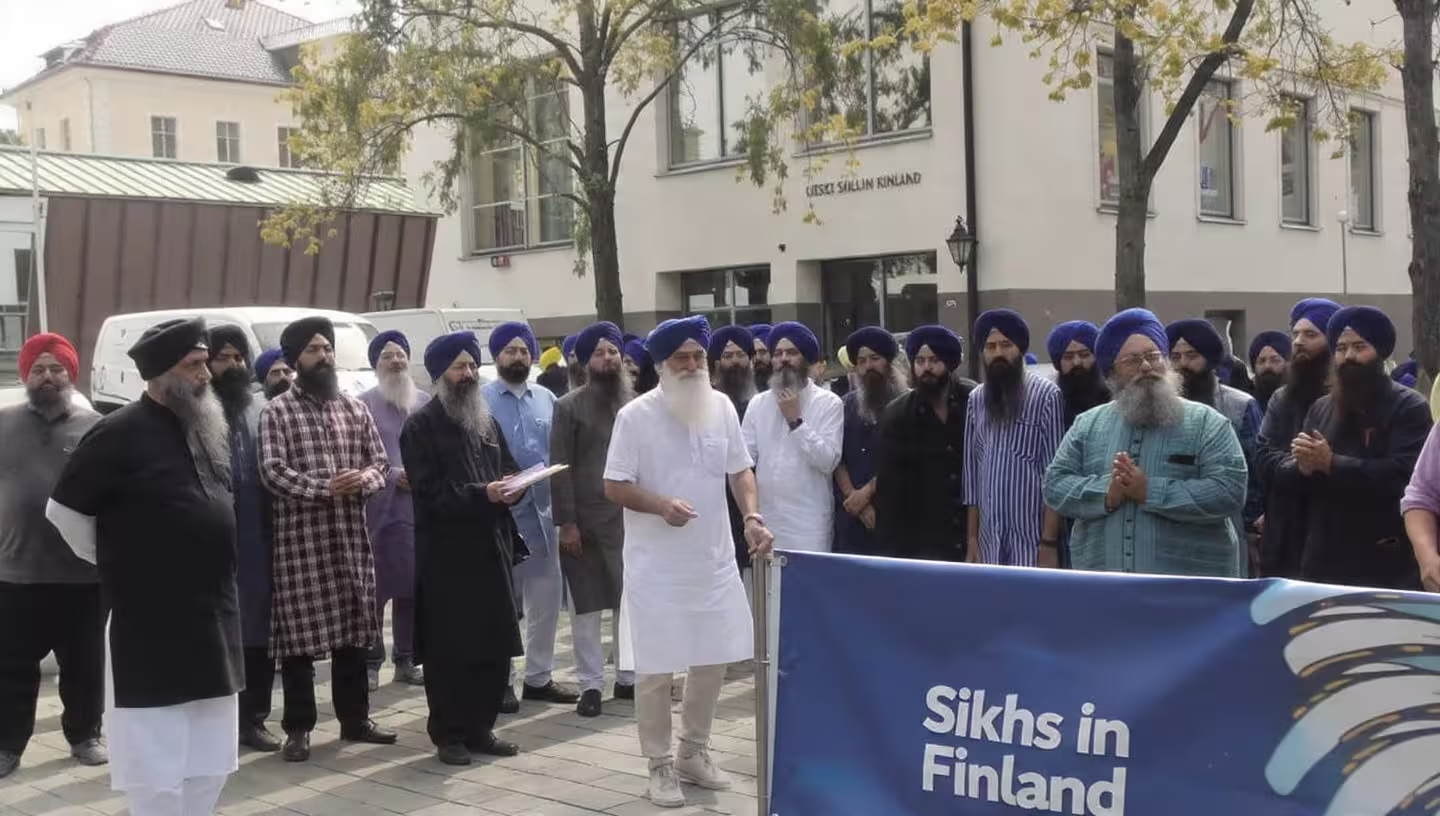 Sikhs in Finland
Sikhs in Finland
-
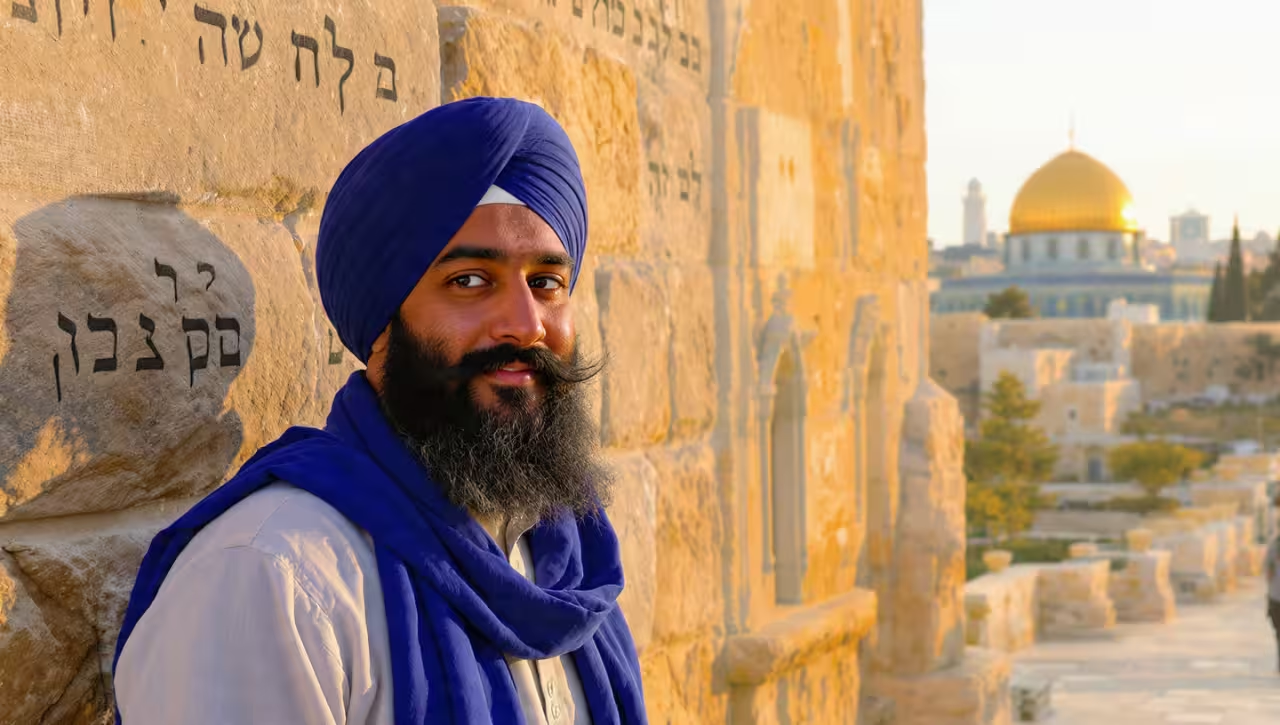 Sikhs in Israel
Sikhs in Israel
-
 Sikhs in Chile
Sikhs in Chile
-
 Sikhs in Bermuda
Sikhs in Bermuda
-
 Sikhs in Belize
Sikhs in Belize
-
 Why a New York Street Honors a Sikh Guru
Why a New York Street Honors a Sikh Guru
-
 Sikhs in Malaysia – From Struggle to Strength
Sikhs in Malaysia – From Struggle to Strength
-
 Sikhs in France
Sikhs in France
-
 Sikhs in Fiji
Sikhs in Fiji
-
 Sikhs in Germany
Sikhs in Germany
-
 Sikhs in Japan
Sikhs in Japan
-
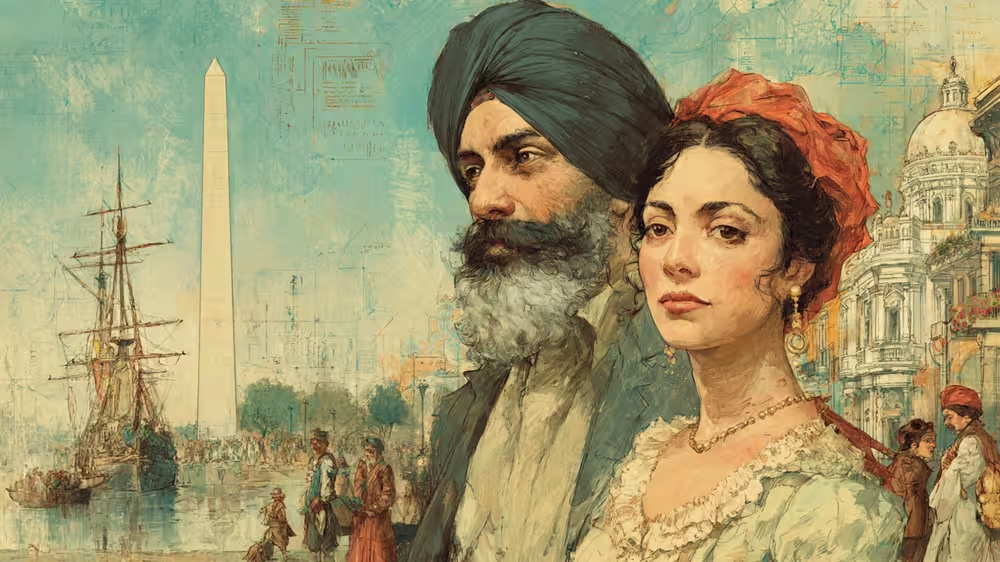 Sikhs in Argentina
Sikhs in Argentina
-
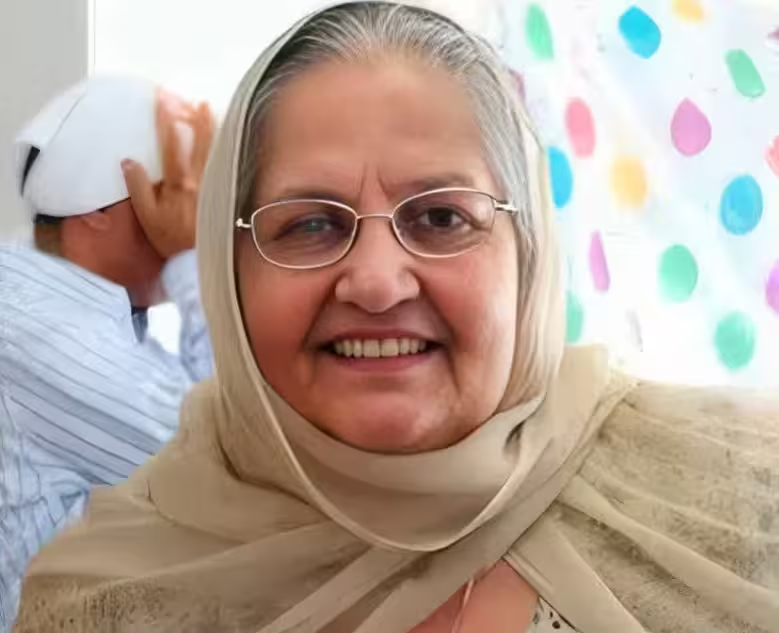 The Heartbreaking Journey of Harjit Kaur
The Heartbreaking Journey of Harjit Kaur
-
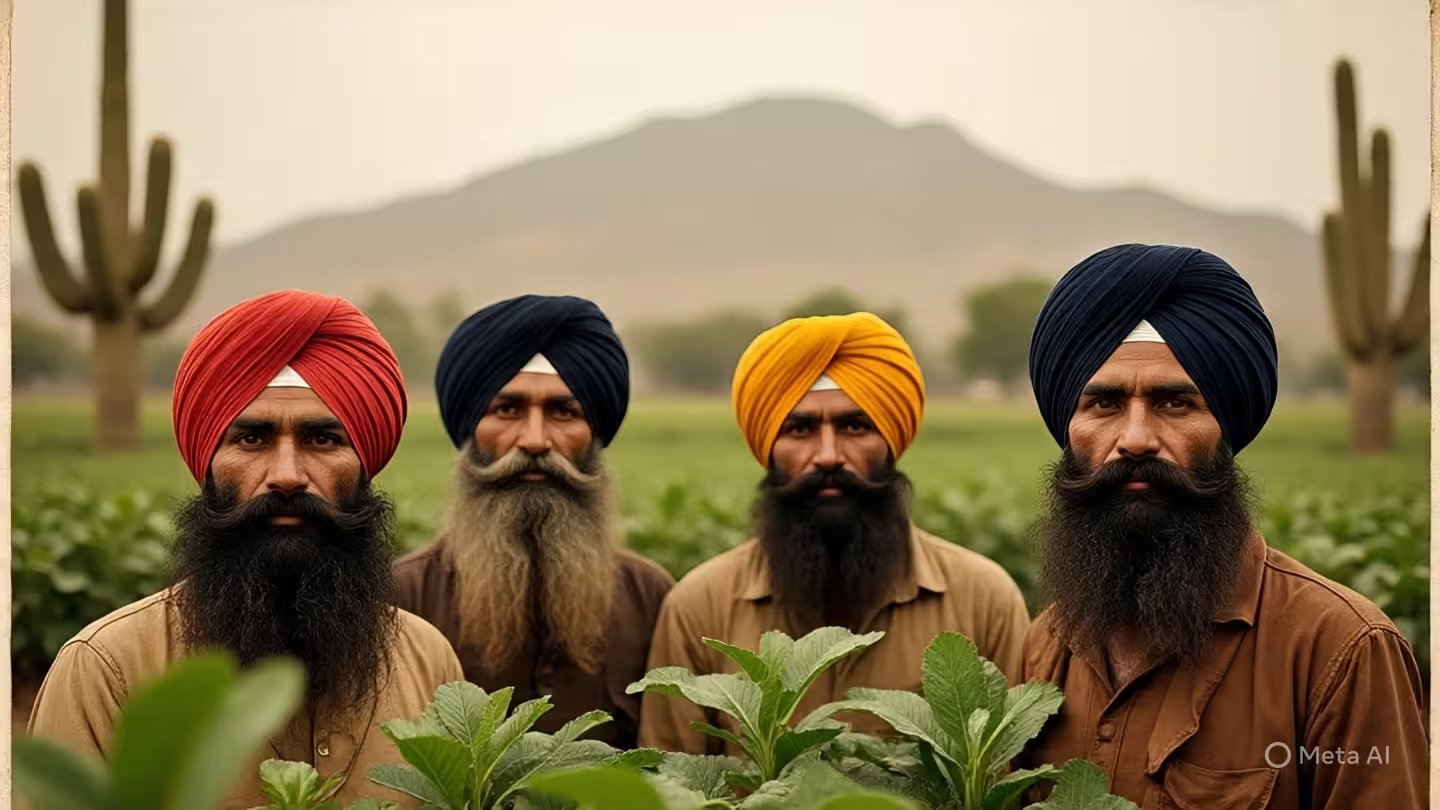 Sikhs in Mexico
Sikhs in Mexico
-
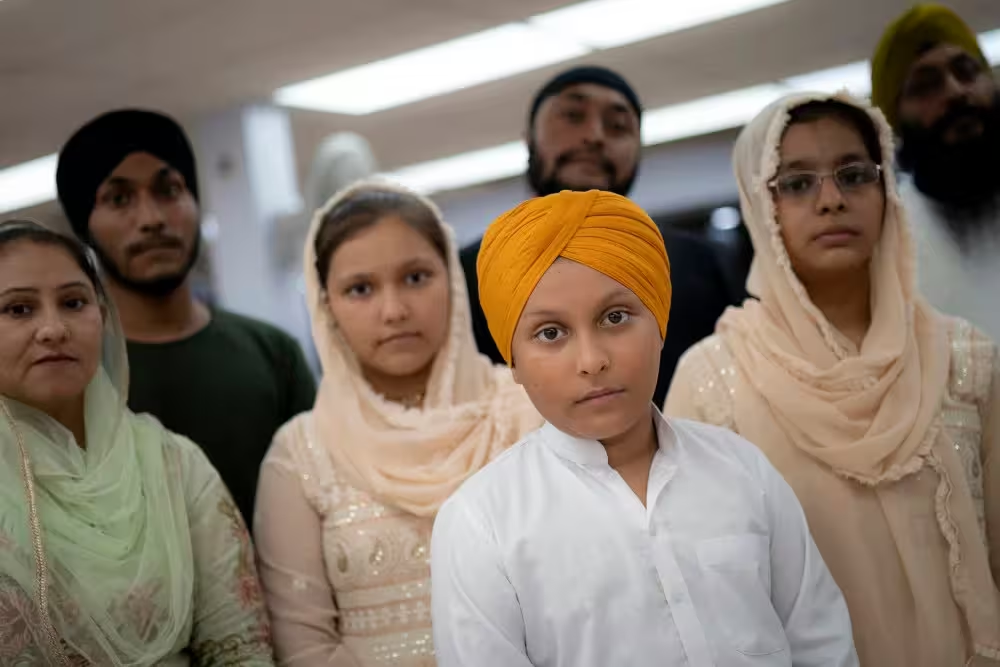 The Bitter Exodus of Sikhs from Afghanistan
The Bitter Exodus of Sikhs from Afghanistan
-
 Decline of Sikhs in China
Decline of Sikhs in China
-
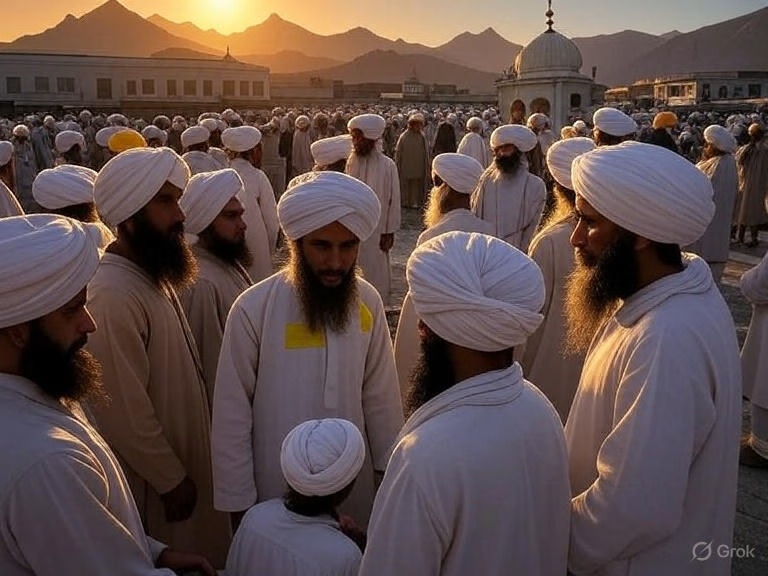 Sikhs in Afghanistan
Sikhs in Afghanistan
-
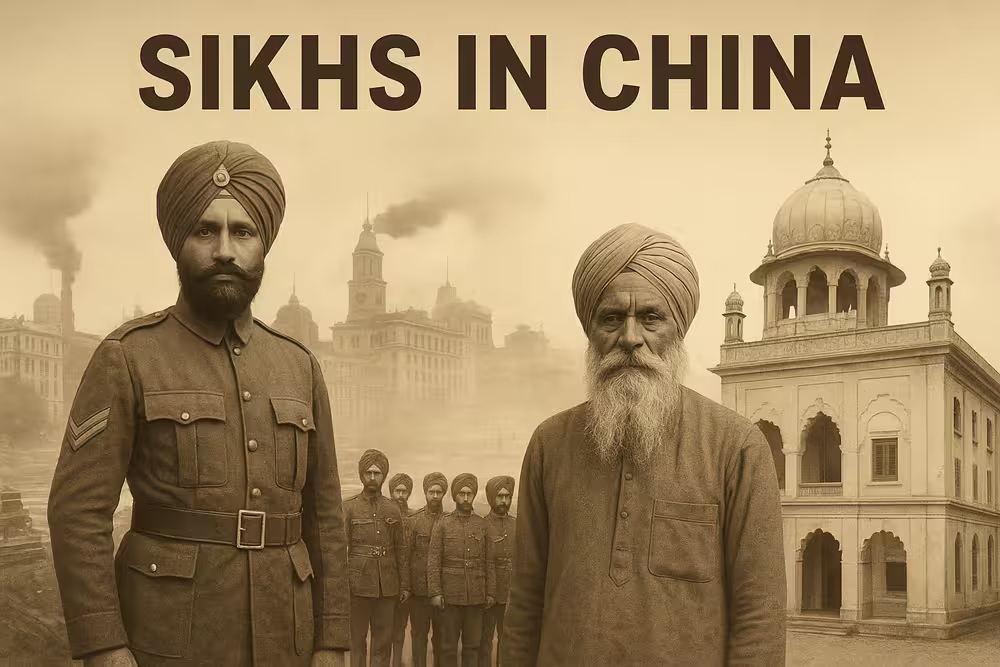 Sikhs in China
Sikhs in China
-
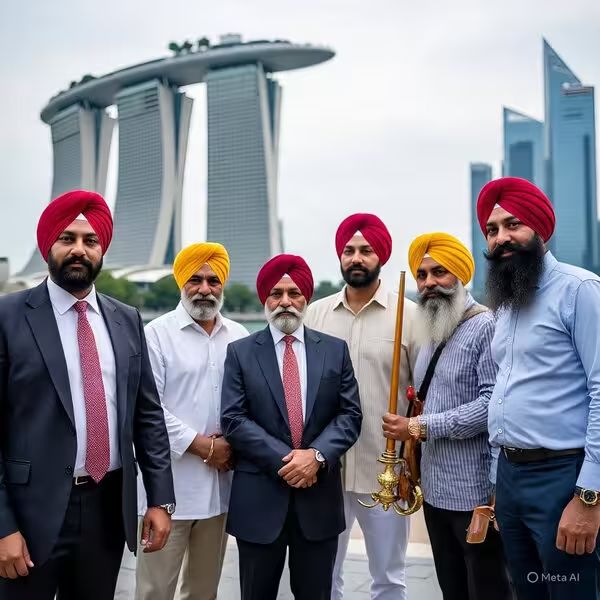 Famous Sikhs in Singapore
Famous Sikhs in Singapore
-
 Sikh Gurdwaras in Singapore
Sikh Gurdwaras in Singapore
-
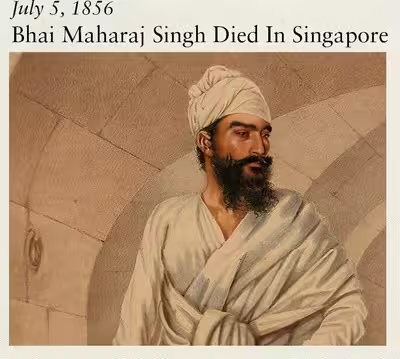 Sikhs in Singapore
Sikhs in Singapore
-
 Famous Sikhs in Italy
Famous Sikhs in Italy
-
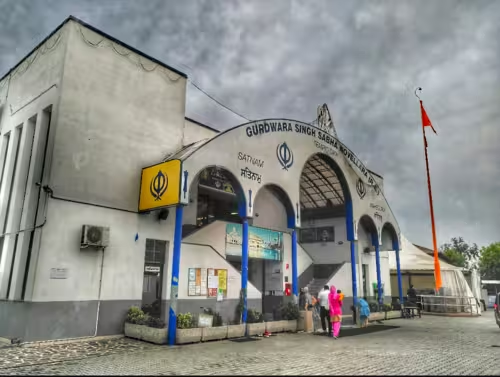 Sikh Gurdwaras in Italy
Sikh Gurdwaras in Italy
-
 Sikhs in Italy
Sikhs in Italy
-
 Sikhs in Thailand
Sikhs in Thailand